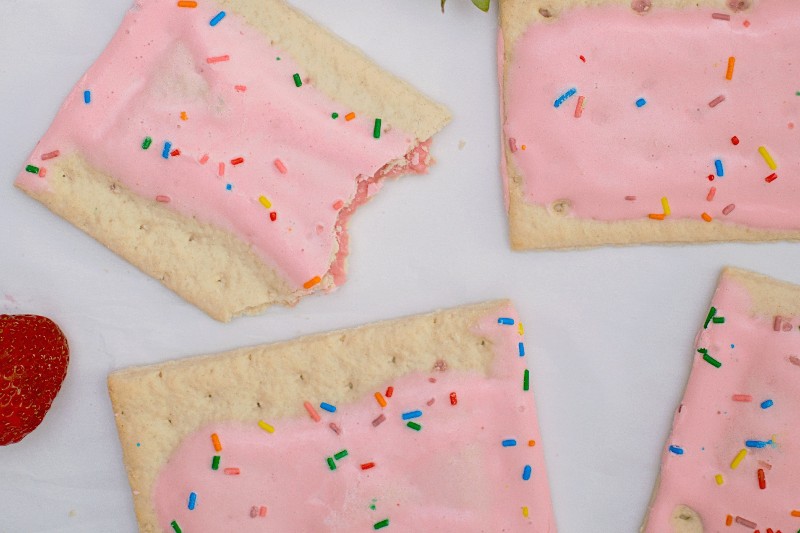Can Bobcats Breed With Domestic Cats? Facts & Exotic Looking Breeds
By Jessica Kim
Updated on
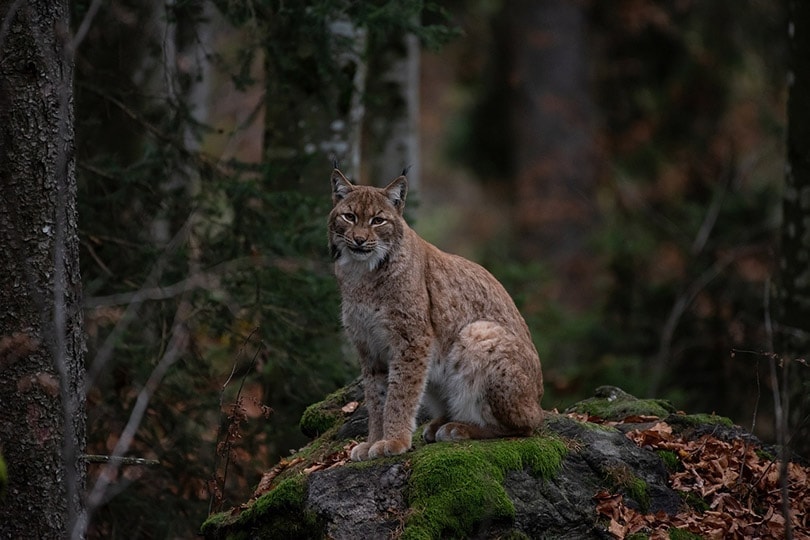
The Bobcat, also known as the Red Lynx, is a wild cat that’s native to North America. Bobcats are small to medium-sized and have beautiful spotted coats and tufts of hair on their ears. Their size and exotic appearance may make them look like desirable pets. However, they’re not domesticated animals and aren’t ideal pets for most people.
Some people may think that crossbreeding a Bobcat with a domestic cat can be a great way of producing a cat that has the unique appearance of a Bobcat while having a domesticated temperament. However, as of today, there’s no concrete scientific evidence that Bobcats can breed with house cats.
While we don’t have records of domestic cat breeds with Bobcats in their DNA, there are several cat breeds that have an exotic appearance, and they make great house pets.
The 8 Domestic Cat Breeds With an Exotic Appearance
1. American Bobtail
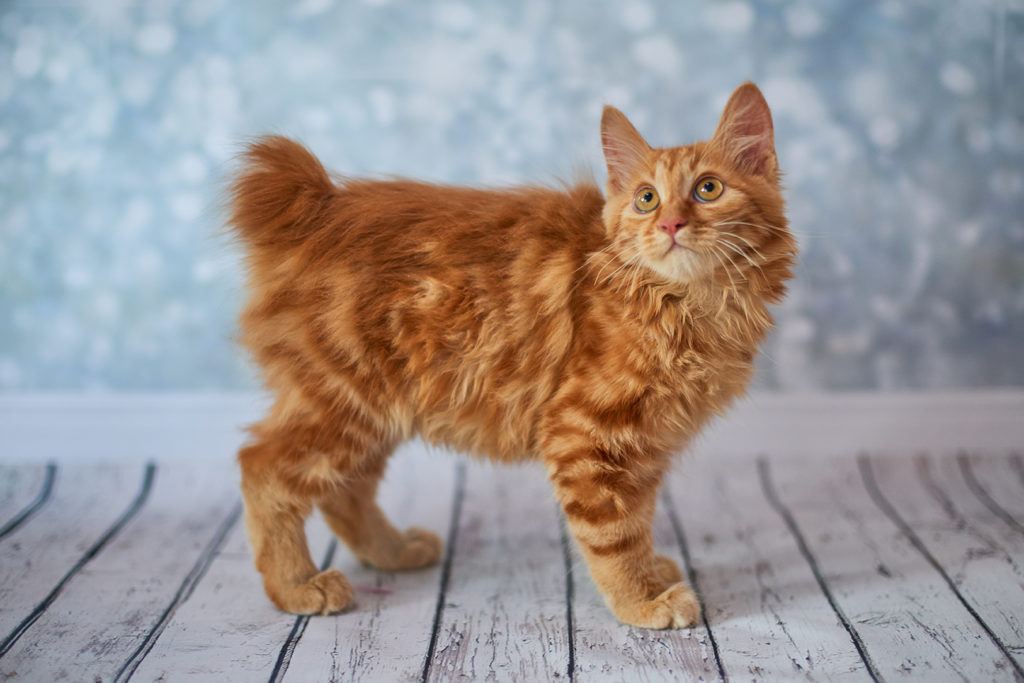
| Height | 9-10 inches |
| Weight | 7-16 pounds |
| Life Expectancy | 13-15 years |
| Temperament | Affectionate, friendly, playful |
The American Bobtail is like a small version of the Bobcat. They both have wild tails, and some American Bobtails with tabby coats can look especially wild or exotic.
This cat breed is known for its easy-going temperament. They’re usually very social and can warm up to strangers fairly quickly. They love being around people, so they shouldn’t be left home alone for long hours.
2. Bengal
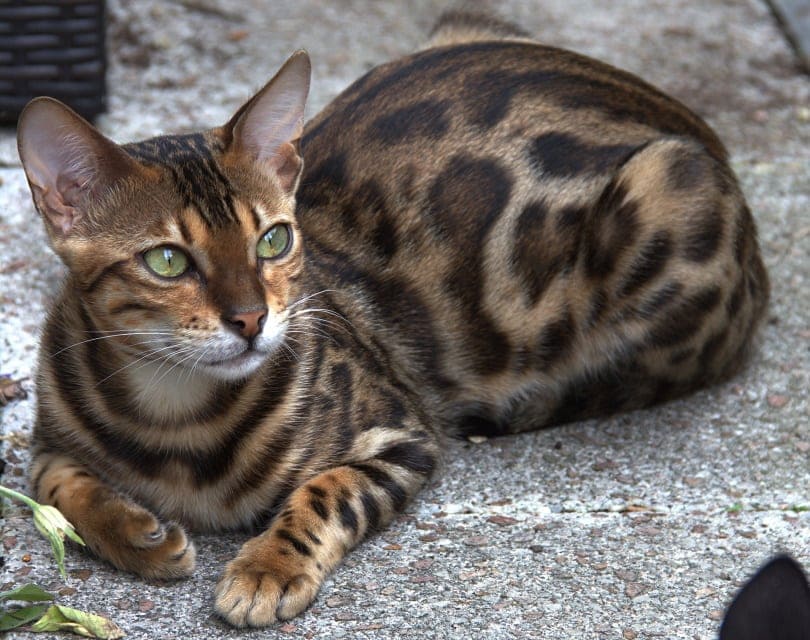
| Height | 14- 16 inches |
| Weight | 8-15 pounds |
| Life Expectancy | 10-15 years |
| Temperament | Energetic, high prey drive, loyal |
The Bengal is a descendant of Asian Leopard Cats and domestic cats. It’s the only cat to have rosette markings on its coat.
These cats can be extremely shy at first, but they’ll eventually warm up to their humans and become very loyal and loving family members. They also become very vocal and will love having “conversations” with their humans.
3. Bombay
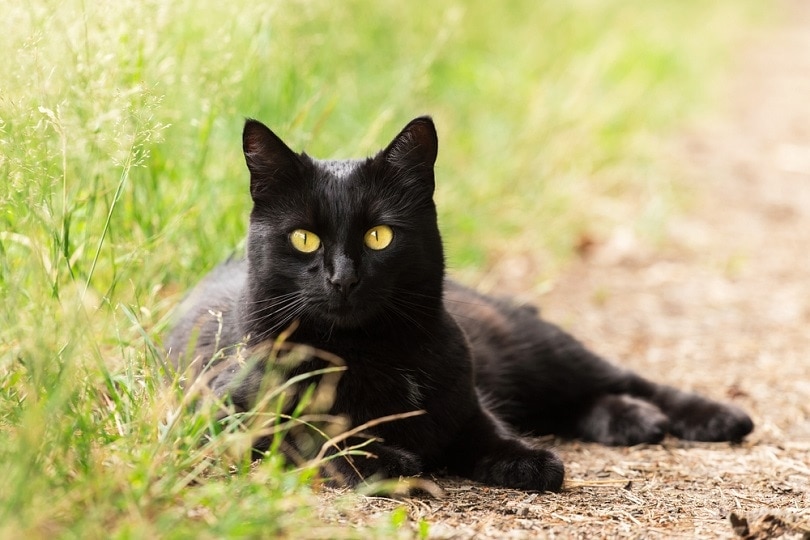
Viktor Sergeevich, Shutterstock
| Height | 9-13 inches |
| Weight | 8-15 pounds |
| Life Expectancy | 9-15 years |
| Temperament | Intelligent, playful, social |
While the Bombay doesn’t look like a Bobcat, it still has the appearance of a small wild cat. Bombays have been specifically bred to look like the Indian Black Panther but don’t have any traces of wild cats in their DNA. They were developed by crossbreeding Burmeses and Black American Shorthairs.
Bombays are much more social than wild cats and enjoy the company of humans, even strangers. These cats definitely need to be in homes where they’re not left alone for long hours.
4. Maine Coon
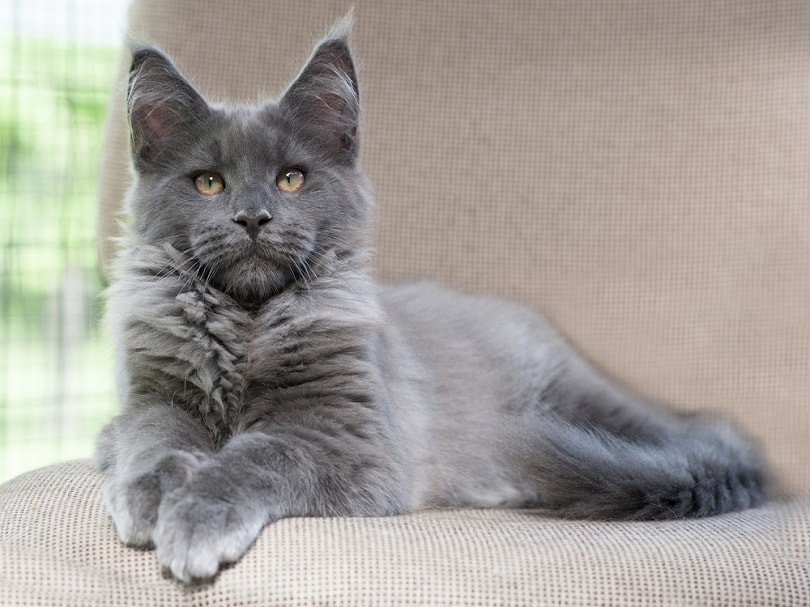
| Height | 10-16 inches |
| Weight | 8-25 pounds |
| Life Expectancy | 10-13 years |
| Temperament | Affectionate, gentle, intelligent |
The Maine Coon is one of the largest domestic cat breeds, and many have lynx-like tufts in their ears that make them look wild. However, Maine Coons tend to be extremely gentle and often make great pets for homes with children and other pets.
Although Maine Coons are big, they don’t really like to stay on the ground. These cats like to perch and observe in high places. So, a cat tree specifically designed for large cats will be a great addition for them.
5. Norwegian Forest Cat
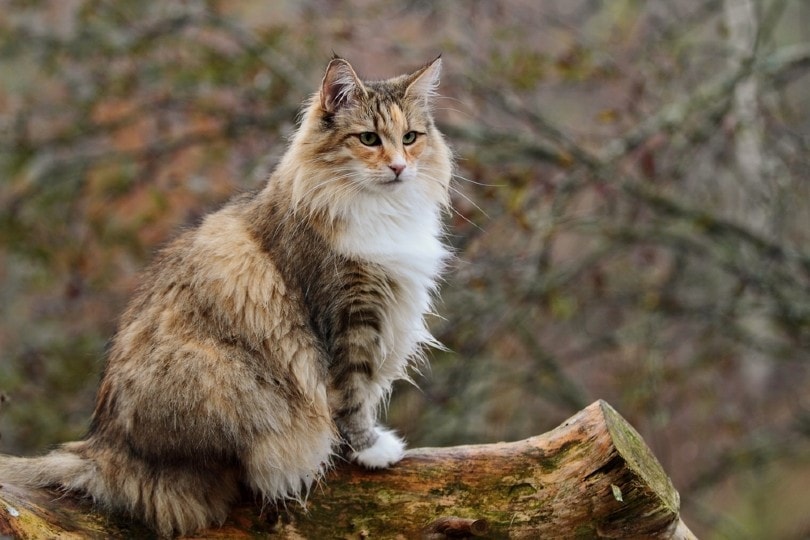
| Height | 9-12 inches |
| Weight | 12-20 pounds |
| Life Expectancy | 14-16 years |
| Temperament | Brave, intelligent, playful |
Similar to the Maine Coon, Norwegian Forest Cats are large and fluffy. They have muscular bodies and are extremely athletic, but they’re also very gentle and affectionate. Many Norwegian Forest Cats also have tufts on their ears that look similar to the Bobcat’s appearance.
This cat breed is also a hardy breed with a thick, water-resistant coat that helps them to withstand cold winters in Norway. They’re resilient and adaptable and are often good cats for homes with young children.
6. Ocicat
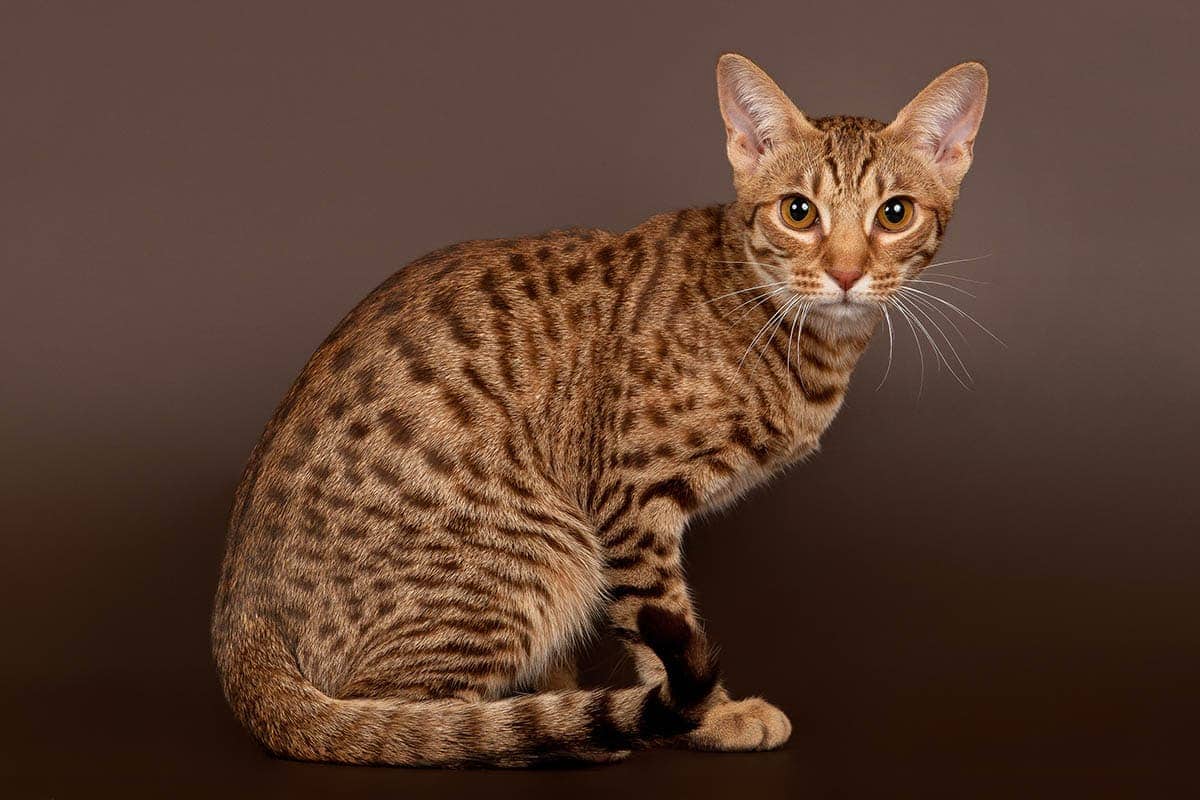
| Height | 9-11 inches |
| Weight | 6-14 pounds |
| Life Expectancy | 12-18 years |
| Temperament | Energetic, curious, playful |
Ocicats were bred to resemble ocelots. They share similar spotted markings as a Bobcat, but their personalities are much more docile and playful. Ocicats are very active and intelligent, so cat owners must be prepared to provide ample playtime and toys to keep these cats happy and mentally stimulated.
Fortunately, these cats often get along with other cats and dogs. So, with proper socialization, you can find a suitable playmate, and they can help each other burn excess energy.
- Also Read: 11 Interesting & Fun Ocicat Facts
7. Pixie-Bob
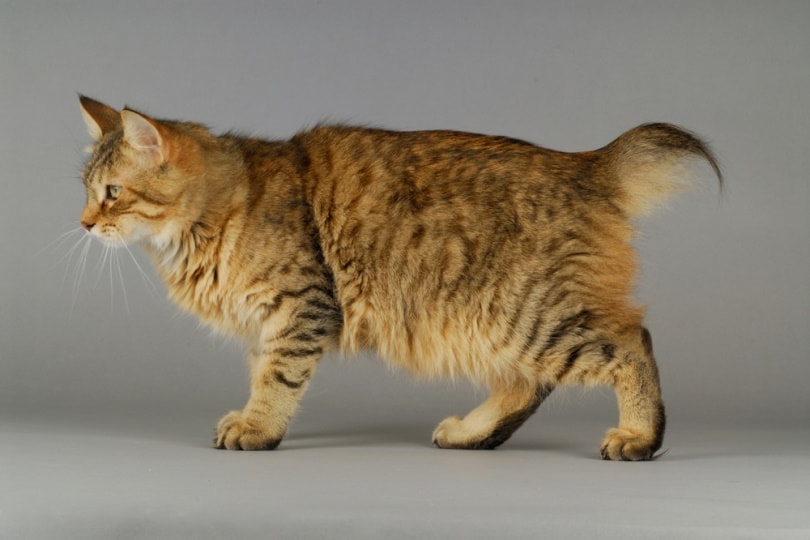
| Height | 9-13 inches |
| Weight | 9-17 pounds |
| Life Expectancy | 13-15 years |
| Temperament | Brave, intelligent, playful |
There’s a common misconception that Pixie-Bobs are a hybrid breed of a Bobtail and a domestic cat. Pixie-Bobs only share some physical features with Bobtails, but they don’t carry any Bobtail DNA.
Pixie-Bobs are known to be a delight in the household. They love to play and can easily learn new tricks. They’re also very adventurous, and you can find a lot of success with harness training and taking them to various outdoor locations.
8. Savannah
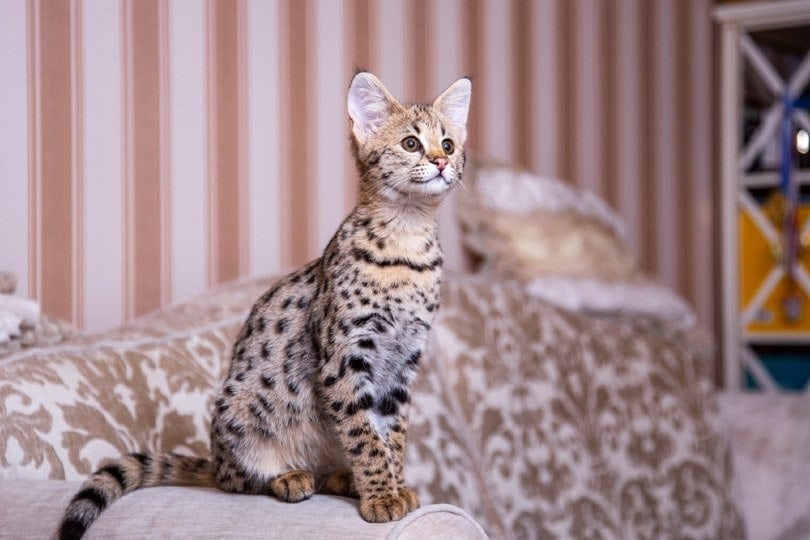
| Height | 14-17 inches |
| Weight | 12-25 pounds |
| Life Expectancy | 12-20 years |
| Temperament | Active, curious, shy |
Savannahs are large cats with spotted markings, but unlike the Bobcat, they have large ears and have a slenderer build. These cats are very active and love to spend time with their favorite humans. However, they can be very shy around strangers and choose not to reveal their playful nature.
Individuals interested in adopting a Savannah must keep in mind that these cats are large, muscular, and athletic. So, home layouts have to be modified to accommodate these cats’ specific needs. They’ll love having a wide array of toys, cat trees, and perches to keep themselves active.
Are Bobcats Good Pets?
The answer to this question depends on who’s asking. It’s important to remember that Bobcats are wild animals that can’t be completely domesticated. Therefore, they can’t be treated the same as domestic cats.
If domestic cats are treated well and cared for responsibly, they can live harmoniously in a human’s home with very few problems. In contrast, Bobcats have very specific and advanced needs that the average cat owner cannot fulfill.
For example, it’s most likely that Bobcats won’t learn to use a litterbox and will repeatedly urine mark all over their living space. In the wild, they have miles of their own territory. So, if they’re kept at home, they need plenty of space to roam and usually need an outdoor enclosure.
Bobcats also won’t show affection towards humans like domestic cats and are extremely challenging to win over. So, just because your state may allow Bobcats as pets, it doesn’t mean that just anyone should bring one home. If anything, Bobcats are reserved for experienced exotic pet owners who are very familiar with wild cat behavior.
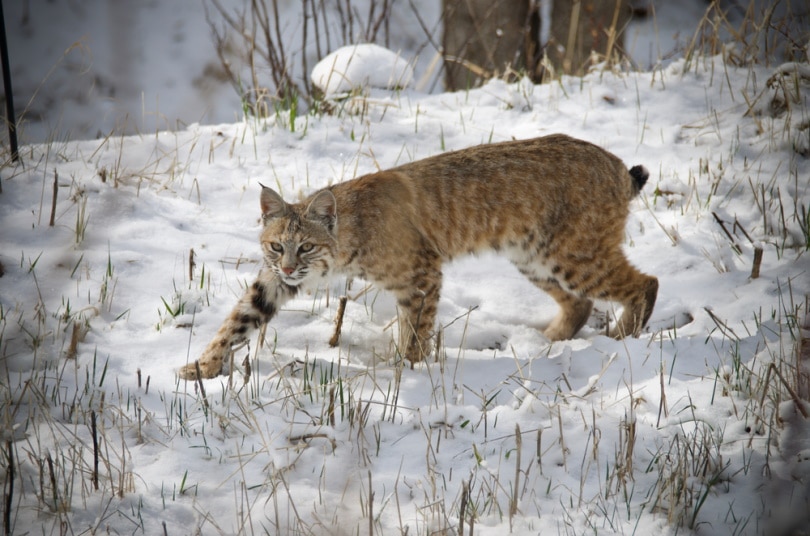
Conclusion
While there aren’t any scientifically proven cases of hybrid litters with a Bobcat parent, there are plenty of cat breeds that share appearances with wild cats. These domestic cats can build strong bonds with humans and become wonderful companions. So, it’s best for the average cat owner to adopt these cat breeds instead of a Bobcat.
Featured Image Credit: milesz, Pixabay





